On Herman Melville & Moby Dick
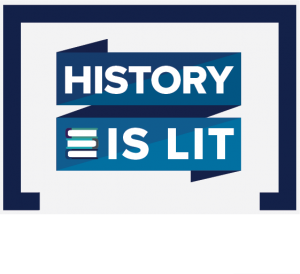
CBC’s new History is Lit series will explore literary history, book lore, ancient storytelling, and any place where stories and yesteryear meet.
It’s a fish! It’s a giant! It’s Moby Dick!
Arguably the most famous whale in literature fascinates me. Like many kids, I was obsessed with adventure (and still am). I longed to live at the turn of the previous century at a time when great expeditions to the icy roads of the Antarctic and Everest were being carved, when ancient tombs were unearthed, and the depths of the sea were reached. Famous explorers like Nellie Bly, Tenzing Norgay, and Jacques Cousteau had been in the pages of my favorite magazine, National Geographic. What I was yet to learn is that literary authors could be explorers, too. Herman Melville’s road to the creation of Moby Dick and to literary greatness was winding and persistent, much like Captain Ahab’s own quest.
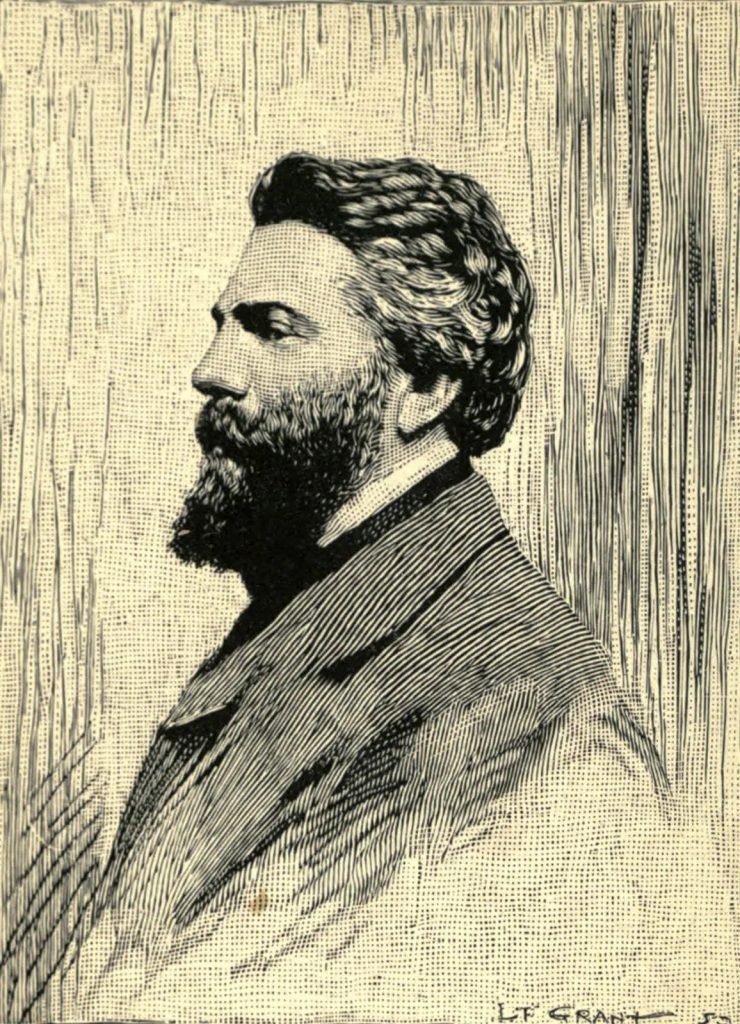
Herman Melville was born in New York City in August 1819 and despite some health issues as a young child and his father’s passing in 1832, he was able to finish his studies in literature and writing at the Albany Academy and Albany Classical School. Melville tried to keep a few teaching and traditional jobs, but he found them unfulfilling. Due to the family’s tight economic circumstances, his eldest brother suggested he become a crew member on a boat. In 1839, he sailed as a cabin boy to Liverpool and in 1841 he joined a whaling ship, the Acushnet. This was the first of many voyages which sparked the stories of his writing career.
In 1842, when the Acushnet landed on the Marquesas Islands of Polynesia, Melville and a crewmate jumped ship and were captured by the local Typee people. They were treated well, but after four months, Melville and his companion escaped aboard another whaler, the Lucy Ann, where he was imprisoned in a Tahitian jail for mutiny. Eventually, Melville made it to Hawai’i and then back to Massachusetts in 1844. After his three years at sea, Melville wrote about his experience with the Typee people in Typee: A Peep at Polynesian Life and another successful sequel Omoo: A Narrative of Adventures in the South Seas.
In 1847, with a literary career on the rise, he married the daughter of the chief justice of Massachusetts, Elizabeth Shaw. Melville continued to write adventure books (Mardi and a Voyage Thither, Redburn: His First Voyage, and White-Jacket), but his magnum opus, Moby Dick, published in 1851, was the beginning of the decline of his literary success.
The story of Moby Dick pulled from his years of experience in whaler ships, the legend of Mocha Dick (a giant sperm whale off the coast of Chile), and the then-recent real-life disaster of the Essex whaleship (destroyed by a sperm whale). Moby Dick is a story told by Ishmael, a new crew member of the Pequod, whose Captain is the mysterious Ahab whose sole purpose is to find and kill the white whale, Moby Dick, the animal who had taken his leg.
Despite continuing the sea-voyage theme and adventures in Moby Dick, the public and critics did not find the book as appealing as his earlier works. Melville’s subsequent books also sold poorly, which made him veer to poetry and find a job as a customs inspector in New York City. It wasn’t until the 1920s that Moby Dick and Herman Melville were appreciated, and he came to be seen as one of the great American novelists. This was decades after Melville’s death in 1891. (The contract with Harper’s for Moby Dick is in the Columbia University library, with just The Book noted on the contract.)
Melville’s experiences and voyages enrich his writings and stories profoundly. His descriptions bring to life situations of far-away places in a far-away time for those of us not lucky enough to have been explorers. This is the magic of books, it allows us to live multiple lives, in multiple places, during multiple times and enrich our own life through the wonderful wanderings of many. For today you may call me Ishmael.
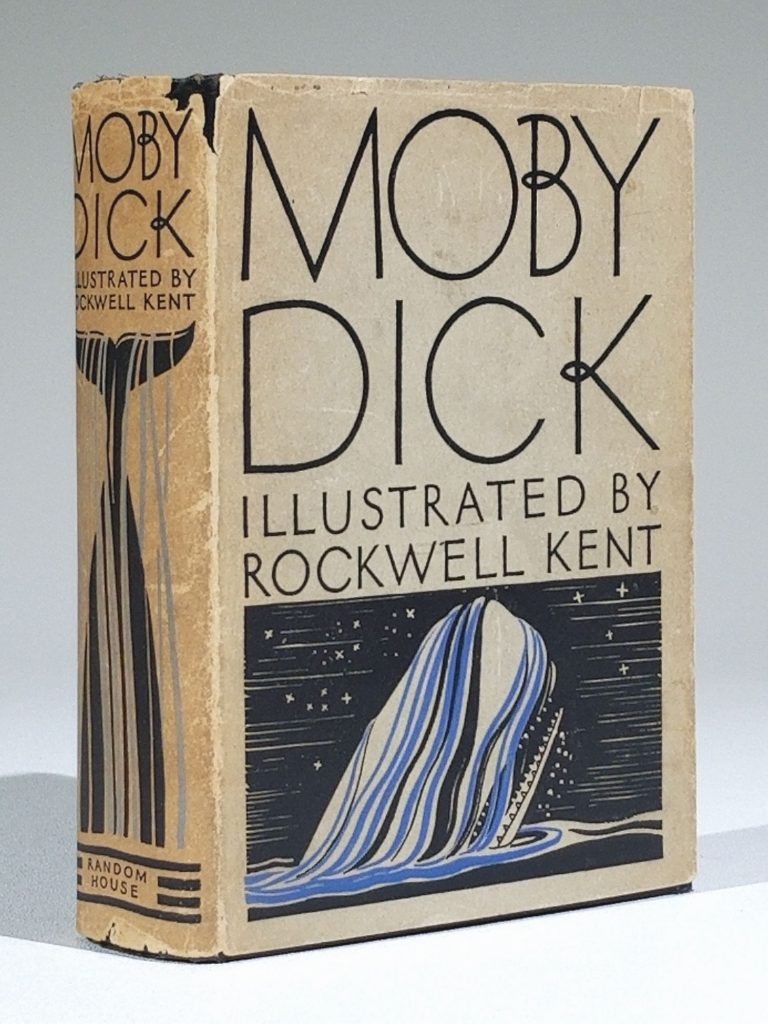
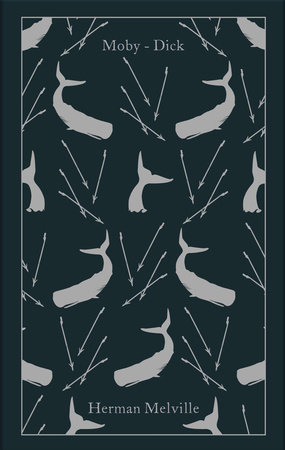
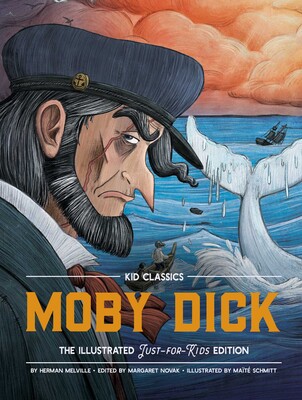
FURTHER READING.
- Moby Dick – Kid Classics, By Herman Melville; edited by Margaret Novak; Illus. Maïté Schmit (Simon & Schuster Kid Classics)
- Graphic Classics: Moby Dick, by Herman Melville, Jan Fields; Illus. Eric Scott Fisher (Epic!)
- Moby-Dick (or, The Whale), by Herman Melville (Penguin Classic)
- Explorer Academy Series, by Trudi Trueit (National Geographic Kids)
- Young Captain Nemo Series, by Jason Henderson (Feiwel & Friends / Macmillan)
- The Quest for Z: The True Story of Explorer Percy Fawcett and a Lost City in the Amazon, written and illustrated by Greg Pizzoli (Viking Books for Young Readers / Random House)
- 11 Things You Might Not Know About Moby-Dick (Mental Floss)
Plus our Outstanding Sciences and Best STEM lists include many titles for the explorer’s hearts content!
CBC’s resident history and yesteryear explorer, Laura Peraza, takes you back in time. Check out other series on our blog and our Reader Resources for more books and materials.

